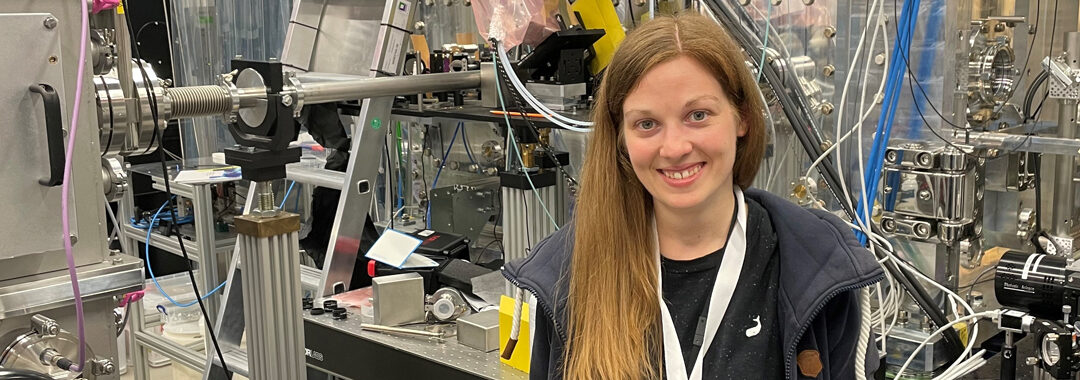A study by a team from European XFEL and the University of Siegen has shown for the first time that single X-ray laser pulses can be used to observe ultrafast changes on material surfaces with unprecedented depth and time resolution.
In a world first, an international team of scientists led by European XFEL and the University of Siegen has demonstrated that the intense pulses produced by an X-ray laser can be used to investigate ultrafast processes occurring on and just below material surfaces with unprecedented depth and time resolution. This allows researchers to capture processes that are more than a billion times faster than what could previously be observed. The results, which the team has just published in Physical Review Research, pave the way for versatile applications that rely on our understanding of ultrafast surface dynamics. Examples are the laser processing of material surfaces to create tailor-made nanoscale structures or the realization of compact laser-based particle or radiation sources.
